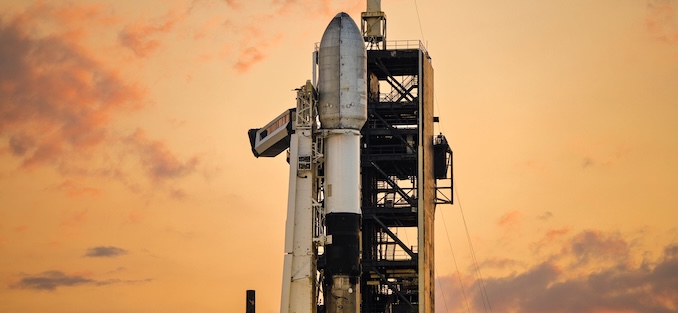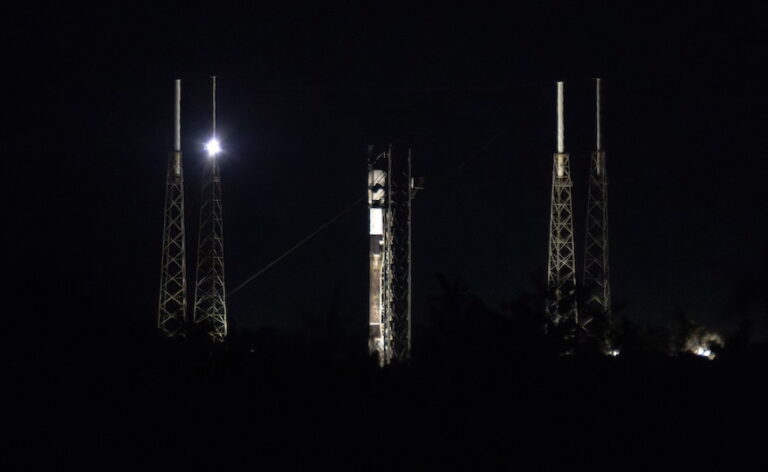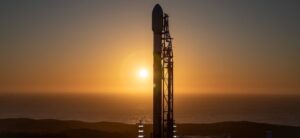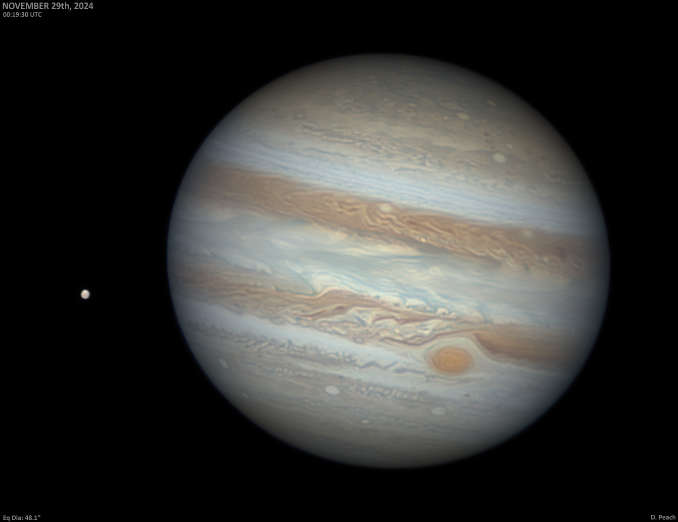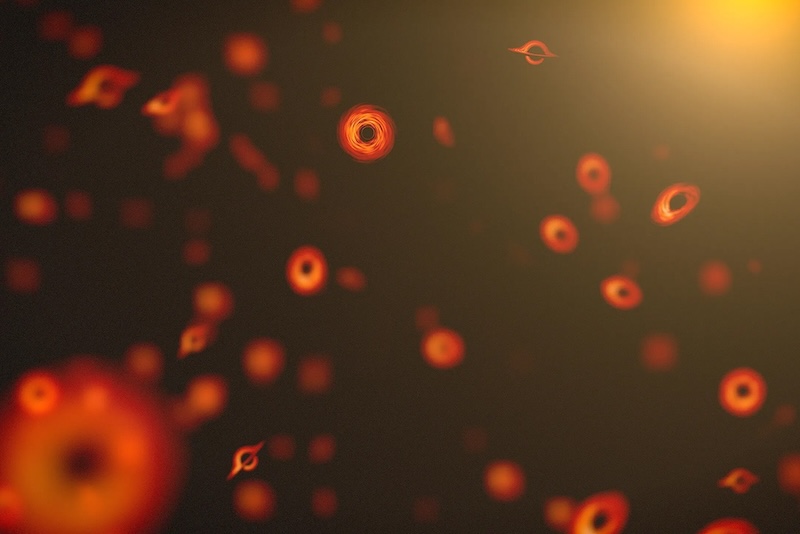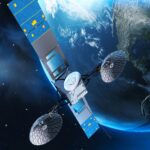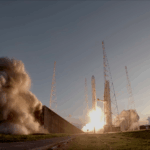Now Reading: SpaceX launches 23 Starlink satellites on Falcon 9 rocket from Cape Canaveral
-
01
SpaceX launches 23 Starlink satellites on Falcon 9 rocket from Cape Canaveral
SpaceX launches 23 Starlink satellites on Falcon 9 rocket from Cape Canaveral
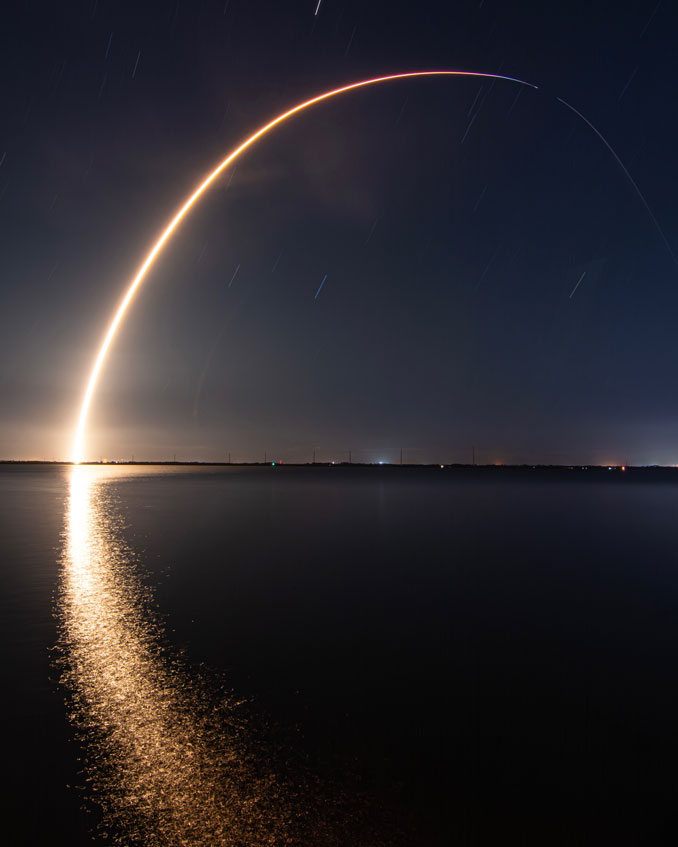

SpaceX launched its latest Falcon 9 shortly after midnight on Sunday, adding 23 more Starlink satellites to its growing mega-constellation.
The midnight hour launch featured 13 satellites which have Direct to Cell capabilities. Liftoff of the Starlink 12-5 mission from pad 40 at Cape Canaveral Space Force Station happened at 12:12:30 a.m. EST (0512:30 UTC).
SapceX confirmed the 23 satellites were deployed successfully a little over an hour after launch. Tracking data confirmed the satellites were in a roughly 293×286 km orbit, inclined at 43 degrees to the equator.
A little more than eight minutes after liftoff, the Falcon 9 first-stage booster landed on the SpaceX droneship, ‘A Shortfall of Gravitas.’ This marked the 89th booster landing on ASOG and the 381st booster landing to date. The first stage for this mission was flying for a second time after previously serving as one of the two Falcon Heavy side boosters on the GOES-U mission. The tail numbers of the boosters that flew that mission for NOAA and NASA in the June this year were B1072 or B1086, SpaceX did not differentiate which of those flew on Sunday.

With the most recent launch of DTC Starlink satellites from Vandenberg Space Force Base on Dec. 5, SpaceX announced that it completed its first orbital shell for that part of the constellation. As of that payload deployment, SpaceX had launched 362 DTC Starlink satellites.
The first Starlink satellite direct to cell phone constellation is now complete.
This will enable unmodified cellphones to have Internet connectivity in remote areas.
Bandwidth per beam is only ~10Mb, but future constellations will be much more capable. https://t.co/wJHMGEzzE4
— Elon Musk (@elonmusk) December 5, 2024
Stay Informed With the Latest & Most Important News
Previous Post
Next Post
Previous Post
Next Post
-
 012024 in Review: Highlights from NASA in Silicon Valley
012024 in Review: Highlights from NASA in Silicon Valley -
 02Panasonic Leica Summilux DG 15mm f/1.7 ASPH review
02Panasonic Leica Summilux DG 15mm f/1.7 ASPH review -
 03From Polymerization-Enabled Folding and Assembly to Chemical Evolution: Key Processes for Emergence of Functional Polymers in the Origin of Life
03From Polymerization-Enabled Folding and Assembly to Chemical Evolution: Key Processes for Emergence of Functional Polymers in the Origin of Life -
 04How New NASA, India Earth Satellite NISAR Will See Earth
04How New NASA, India Earth Satellite NISAR Will See Earth -
 05And Thus Begins A New Year For Life On Earth
05And Thus Begins A New Year For Life On Earth -
 06Astronomy Activation Ambassadors: A New Era
06Astronomy Activation Ambassadors: A New Era -
07SpaceX launch surge helps set new global launch record in 2024












